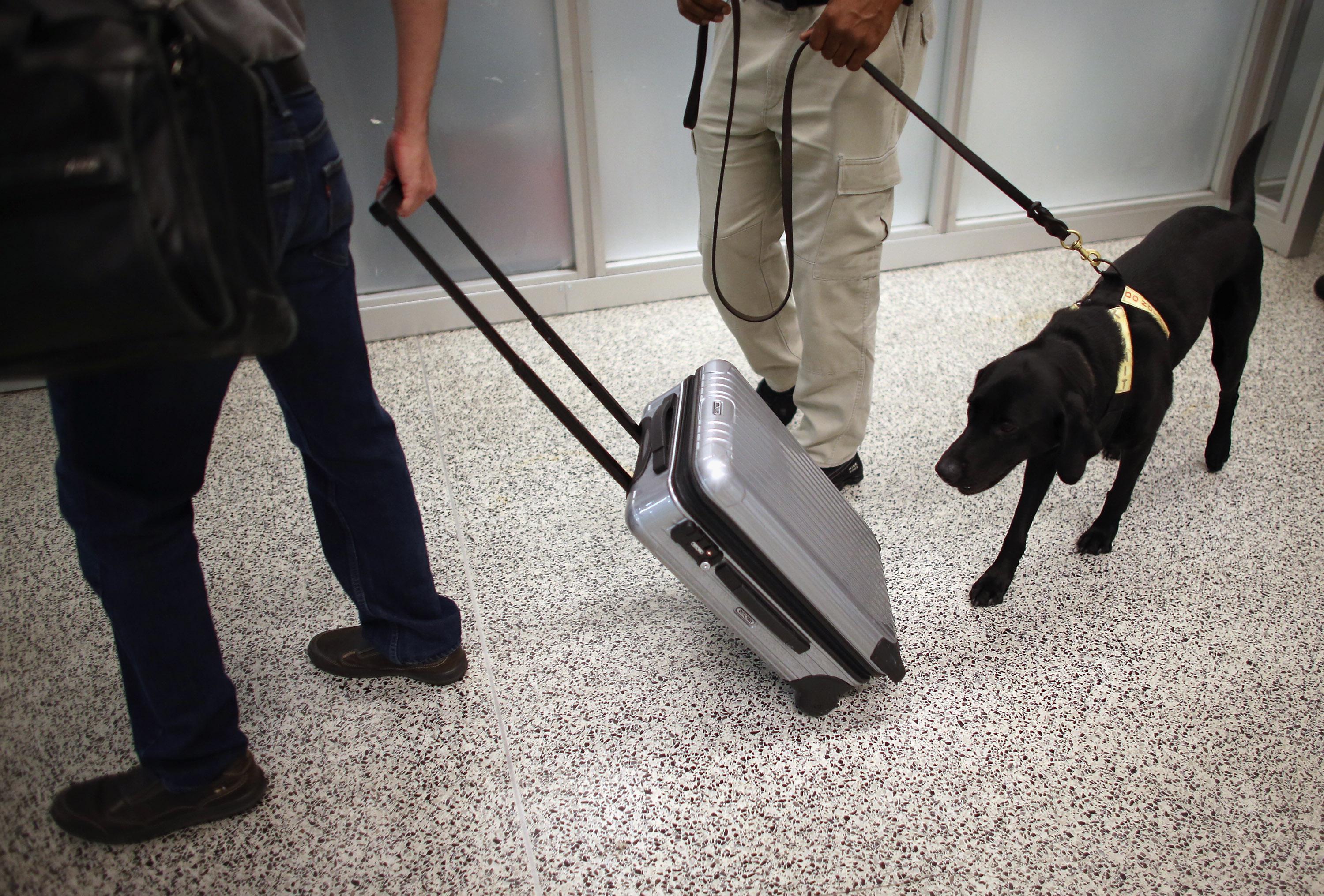As I’m going to be boarding a flight to Brussels soon, I’ve just had the opportunity to reaquaint myself with the banal aspects of the post-9/11 national security state—liquids out of your bags, full-body scans, etc. The purpose, as ever, is security. After all, if airplanes were no more secure than city buses then we’d see terrorists blowing up airplanes about as often as they blow up city buses.
At any rate, that’s my view. Approximately zero lives per year are saved by airport security measures. Some amount of economic cost is directly inflicted, and then there’s a secondary cost as people substitute dangerous driving for safe flying.
But maybe I’m wrong about that. Here’s the thing, though. If the Environmental Protection Agency wants to promulgate a new environmental rule, it needs to take that rule through the cost-benefit analysis process overseen by the Office of Information and Regulatory Affairs inside OMB. This is a contentious matter, and oftentimes environmentalists and advocates for stricter workplace or consumer product safety standards object to the OIRA process. My view is that it’s a pretty good idea, all things considered. But a huge problem with it is its limited scope. We ought to be doing something similar for antiterrorism measures. At a minimum, we ought to be doing the analysis. It’s a good intellectual exercise to put agencies through. Various intelligence agencies should produce some kind of estimate of how many terrorist attacks they think the TSA is halting. The Transportation Department and other agencies should attempt to quantify the direct and indirect costs. And whether we keep the measures in place or not, we’d at least come up with an imputed Statistical Value of a Human Life for terrorism purposes and we could see how it compares to the statistical values used for highway safety or atmospheric ailments.
Obviously doing something like that wouldn’t eliminate political and bureaucratic controversies over surveillance policies, but I do think it would at least help frame the issues.
Part of what makes those debates seem like such a dialogue of the deaf most of the time is that just as in the banal case of airport security the national security agencies never really put their cards on the table. Rhetoric about how we need to do whatever it takes to save Americans is all well and good for a 30 second sound bite, but we don’t apply that standard in any other walk of life. A nationwide 40 mile per hour speed limit would save tons of lives, but we have a firm consensus that the costs would be too high. You can never quantify these things perfectly or reduce the issues in play purely to dollars and cents, but it’s a genuinely useful exercise to try and ask people to do the math and show their work.
